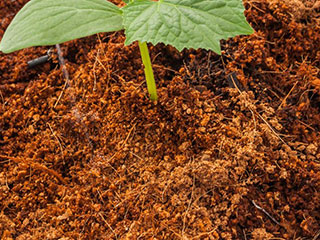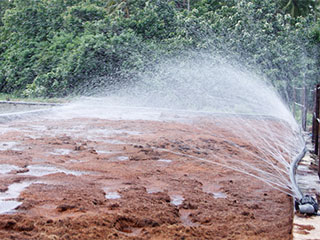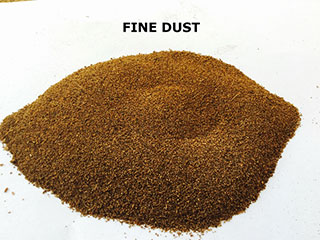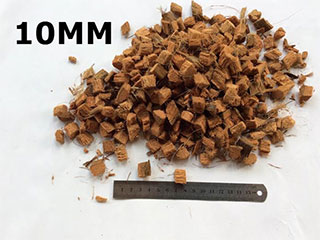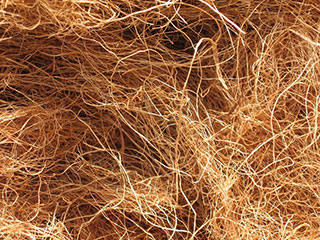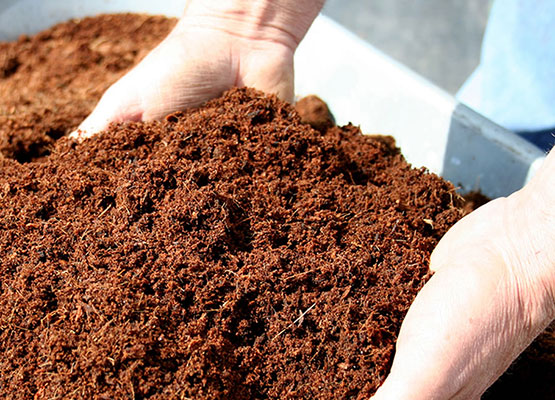Products

FINE COIR
Fine Cocopeat substrate is obtaining by sieving procedures in which all dust less than 2,5 mm is removed. It can be used in top soil, seedlings, propagation and animal bedding.
Grain size : Less than 2,5 mm

STANDARD COIR
Standard coir is obtained by sieving and retaining granules within the range 0.5 - 6 mm. Ideal for small containers (less than 5 litres), it is excellent for vegetables and small fruit in open-topped vessels (pots). It is also perfect for mixing with other substrates to give stability and aeration to the mix
Grain size : Between 0,5 - 6 mm

FLORAL ORNAMENTAL
Three main horticultural coir products can be obtained from this husk; coir chips, coir fibre or coir pith/dust (see picture 1). The coir dust retains water well, while the fibres and chips help to create pockets of air and drainage. Coco coir consists primarily of particles in the size range 0.2-2.0 mm (75-90%), and unlike a medium like sphagnum peat, for example, it is free of extraneous organic matter like wood or leaves.

SUPER COARSE COIR
In Coir Super-Coarse the particles below 4 mm and those above 12 mm are removed. The resultant mix has short fibres and some small chips. The combination of these materials brings an excellent balance in terms of aeration and water retention characteristics. It supplies the required aeration to bring about strong root development in crops such as Gerbera and Palms.
Grain size : Between 4 - 12 mm
